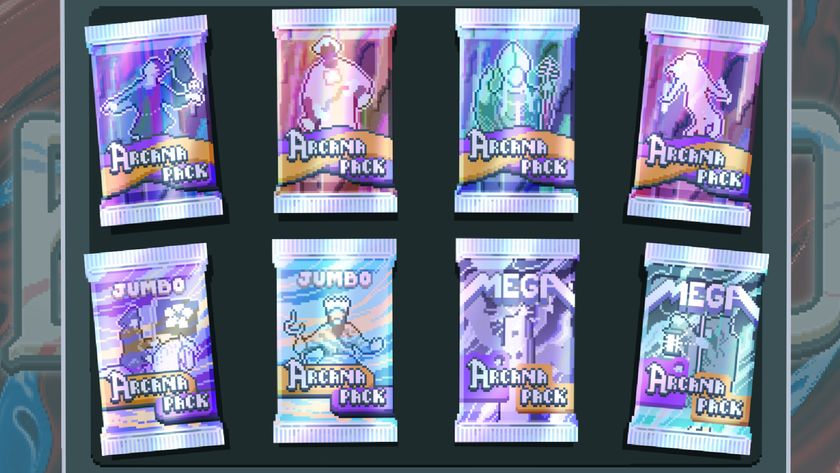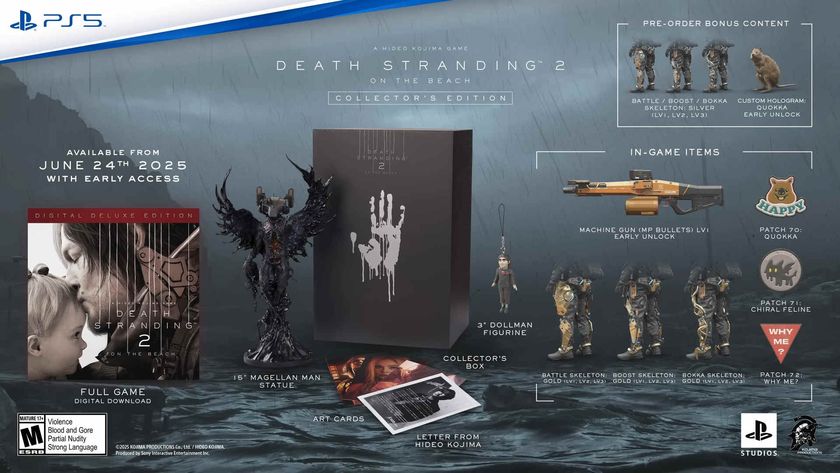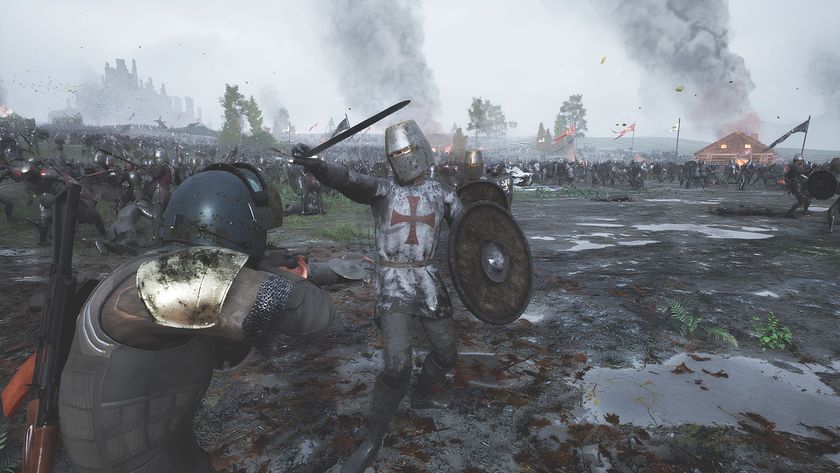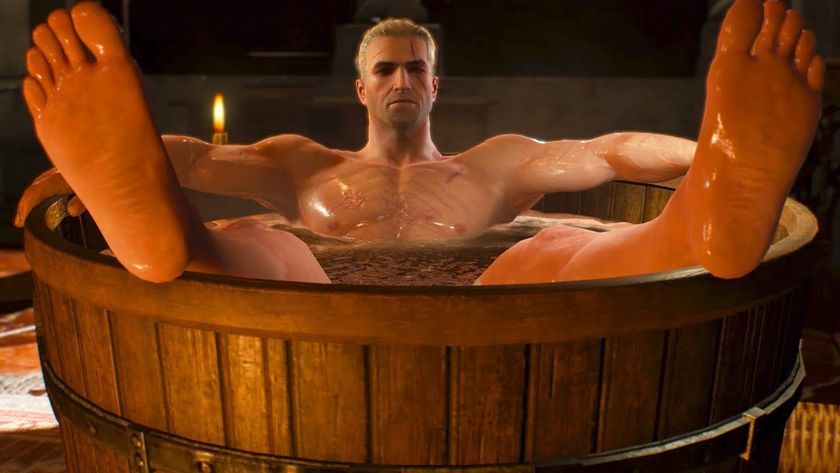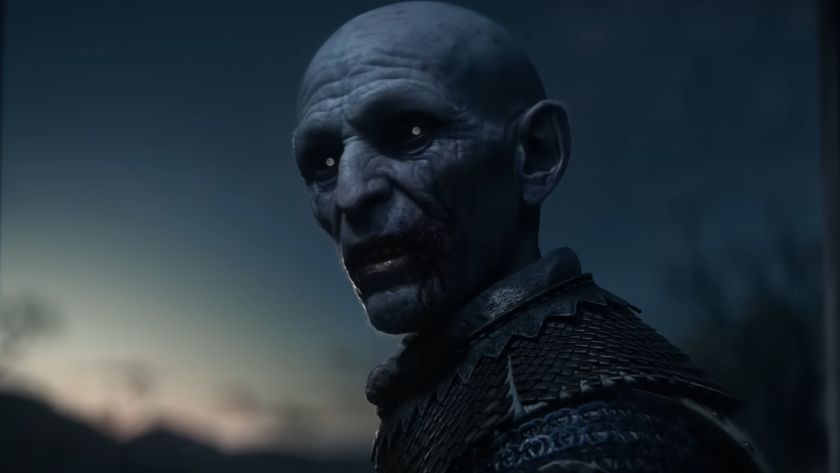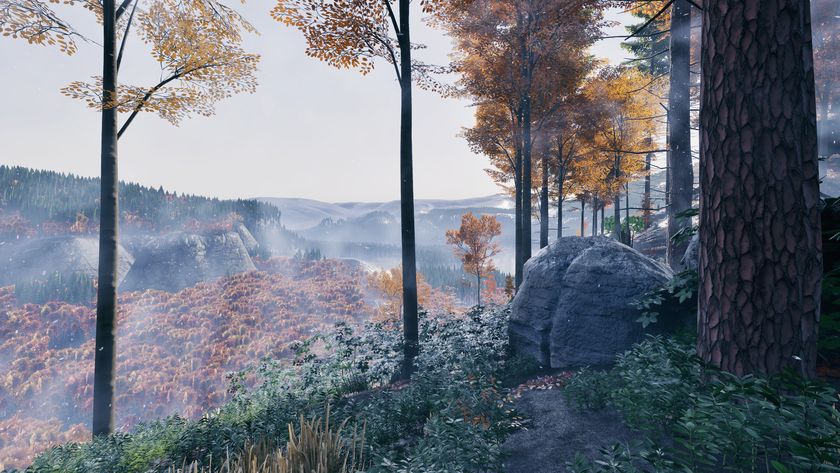Overwatch’s stunning fan art tells the stories Blizzard shies away from
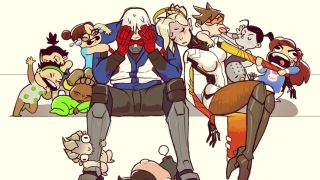
Image credit: Emengel
If you’re reading this article it’s safe to assume that you’ve been online in the last year, so there’s a chance you’ve encountered some mention of a game that’s taken the internet by storm. Overwatch. 'A team of legendary heroes brought together to fight once again after being dishonourably disbanded' sounds like the typical basis for a multiplayer game, but the characters populating Blizzard’s online multiplayer game range from gorillas to cyborgs, the variety of design and their contrasting playstyles a staggering feat of ingenuity. But what makes Overwatch special and especially distinct from the hordes of online multiplayer games is the unprecedented response from its fans. Swamping the internet is fanart depicting its characters in a variety of scenarios, varying between exploring their harrowing backstories to the hilarious behind-the-scenes escapades of the Overwatch family. Yet if it weren’t for the intriguing character design this fan art might not exist.
Blizzard celebrates the holidays with a new Overwatch comic revealing that Tracer is gay. https://t.co/kWbLuU04M4 pic.twitter.com/xxHEkV1pSEDecember 21, 2016
To many Blizzard’s announcement that Tracer (one of its most popular characters) is gay is a revelation. Not so for the fan-art community. Comics abound of Tracer being romantically involved with other female characters. I’d argue that it was widely accepted by the fan base that Tracer has always been attracted to women, similarly to how Pharah and Mercy (two other female characters) are widely depicted as being in a relationship. For Blizzard to confirm what a segment of fans have long suspected is the best gift anyone can ask for.
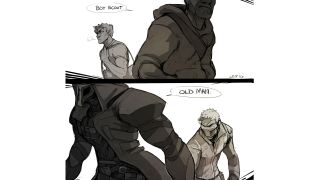
Image credit: Laur-rants
Artists are drawn to Overwatch like moths to a flame. At first it sounds like it’s adored for a relatively simple reason - because the characters look pretty. You can’t get more basic than that. You can’t deny that it’s a good reason either as, looking at its line-up, it’s as if there was a massive brainstorming session for some character concepts and they decided to use every single one. When you’re faced with who to play as whilst you battle against another team in the online multiplayer matches Overwatch is known for, you’re spoilt for choice. Before you there’s a gorilla in robotic armour with a pair of glasses on his nose. A muscled, pink-haired woman who could give the Heavy from Team Fortress 2 a run for his money proudly stands by his side. Beside her, a masked chap who looks like he’s dressed up for Halloween as an edgy grim reaper. Each individual is drastically different from the next. Ordinarily this would be confusing, as usually characters rigorously adhere to the games’ overarching theme, whether it’s the fantasy fur-clad fashion of Skyrim or grimly realistic uniforms worn by soldiers in Call of Duty. Overwatch breaks this mould, as each costume has to be distinctive because it maps what each hero has been through. Their attire hints at their stories, but don’t expect to have their tales spoon-fed to you. When I first saw the heroes all I had was questions, with no immediately apparent answers in sight.
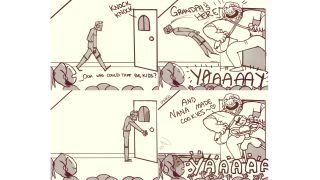
Image credit: Emengel
It wasn’t long before I realised that fan art provides the answers I so desperately sought. Feeding on the idiosyncrasy of each hero, the illustrations overflowing from Imgur, Tumblr, and DeviantArt imagine how they’d behave on their days off. Because the individual appeal of each hero is what sets Overwatch apart, the fandom goes to great lengths to point out that these distinct designs prove the characters aren’t simply one dimensional. You’d be wrong to think that they just look like superficial supports, defenders, or tanks, as each costume has quirky details which aren’t added randomly. For example, Tracer’s glowing blue chestpiece is the only thing which keeps her from teleporting sporadically after a failed experiment, although she can use it to her advantage now. Yet their past isn’t explored in great depth by Blizzard - after all, as its core Overwatch is a team game based on quick matches, not a single player narrative experience. Filling this narrative gap is the fan art, which fleshes out the personalities and backstory of Overwatch’s line up. For Emengel, an artist whose work has garnered tons of attention online, it’s the variety of designs which sparked her imagination. Naturally she loves creating her own characters, so "seeing so many successful character concepts brought to life is really inspiring". The range of heroes show that artists can follow the example set by Blizzard’s creative team and let their imagination run riot when they’re creating comics and personas for those they play as so often. The diverse line-up proclaims that there are no wrong answers when it comes to creating new heroes, no rigid formula fans have to stick to when interpreting their personality. Overwatch welcomes all as it includes characters from all countries, creeds, and backgrounds - plus it’s even got a spiritually enlightened robot.
Sign up to the 12DOVE Newsletter
Weekly digests, tales from the communities you love, and more
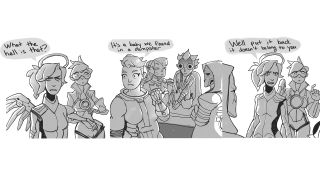
Image credit: Emengel
Laur-rants, who is famous for her emotional artwork of the lost friendship between Pharah and Reaper, agrees that the striking visual designs kick-started fan art. "Overwatch has a plethora of story to tell", she explains. Fans are ultimately as curious as the proverbial cat: they’ll ask where characters come from and what tales they’re hiding. Hovering tantalisingly out of reach, backstories are hinted at via small details in the environment or by Blizzard’s canon descriptions. All of this detail means that "there’s a lot to explore and interpret", so Laur-rants finds herself having "a huge amount of liberties when I want to [draw] a character myself". Such freedom includes the ability to decide what kind of a relationship Hanzo might have with his brother Genji, who he murdered; or to foresee how Reaper might talk to Pharah, as fans have accepted that he knew her when she was a child. Ultimately, artists find reasons for the characters to fight side by side. After all, it’s not coincidental that a large part of the fandom centres on the Overwatch Family. At first glance this archetype of comics looks like a simple, funny way to show the characters when they’ve let their hair down and aren’t battling it out in a match. However, underneath its surface is the assumption that although each character is wildly different from the next, their disparate personas fit together to form a coherent team, with intertwining friendships, crushes, and relationships, both old and new. Their affectionate group dynamic gives fans a reason to keep playing as it makes the multiplayer experience a lot more than just a quick match. Fans imagine that Solider: 76’s healing biotic field mirrors his over-protective role as the Dad in the Overwatch Family, always looking out for his compatriots when he’s off the clock. Reinhardt is the grandfather with a booming voice in the comics, whose brash personality perfectly complements his tendency to charge enemies and face them head-on, often to save more vulnerable players.


Image credit: Laur-rants
Despite the Overwatch Family soaking up most of the attention, there are illustrations which don’t shy away from the characters’ dark pasts. A handful of Blizzard’s videos briefly touch on the trauma that the Omnic Crisis (a war between murderous robots and humanity) caused, but there’s no grim tone when you’re in a match. Bursts of colour assault your eyes on every map. However, this cheerful vibe leaves players with a lot of questions. What kind of emotional trauma hides within the vivid and lively heroes? Fan art is a way to explore Overwatch’s darker side which is hinted at through the heroes’ appearance, one which tells of loss, injury, and the pain of betrayal. Although Klinsy is known for their humorous drawings of the friendship between Overwatch’s heroes, they know that "most of the characters have had some pretty rough lives, [so] you just want them to have some form of catharsis, and drawing that out is just a way to let them have it". Through fan art you can find reconciliation for these characters and their internal conflicts. Part of our human condition is trying to find a release from traumatic events which still grip us years after the event, and helping Overwatch’s heroes find peace can be a way to process and come to terms with difficult parts of our lives.
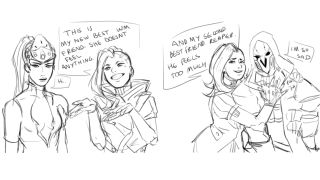
Image credit: Klinsy
Overwatch’s heroes aren’t necessarily the sole motive behind the mountains of fan art. Overwatch sets itself apart from other games as its fans are constantly multiplying, which isn’t just down to their love for the game itself. What becomes clear is that its art resonates with the personal experiences of the fans themselves. According to Laur-rants, "relatability and wish fulfilment" sum up why so many people read her comics. All the heroes have been through a lot, and "yet despite these hardships, these characters have never lost sight of themselves". Players can see that each character has experienced trauma in the past but overcame it, which shows them that "if these people can make it through, they can too". Not only did the heroes make it through any setbacks, but the fan art also shows that they have come out of it stronger than ever. The humour of the illustrations demonstrates that the trauma doesn’t overshadow their strengths, nor does it define them. Simultaneously the heroes are much more than just their tactical roles, yet their tactics make perfect sense in terms of story - Zenyatta’s healing ability comes from his peaceful desire to reconcile man and machine; Mei can blast an ice wall thanks to technology developed in response to her research into climate change; and Sombra turned to hacking after computers became the key to national security post-Omnic Crisis. In any other game it would be difficult to have this many characters without crowding (and quite probably confusing) the gamer, but in the multiplayer format it’s more important than ever to have heroes which fit every playstyle but also feel distinctive so you don’t get the sense that you’re playing as yet another sniper, or tank, or support. The fan art undoubtedly helps with this, as when the quirks and insecurities of each character become accepted by the fandom they end up becoming a natural part of how you feel about playing each hero when you select them for a match.
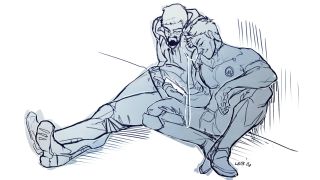
Image credit: Laur-rants
Overwatch is a lot more than a game, and its fan art is a lot more than just pretty pictures. Everything has come full circle as - just like Overwatch’s palpable impact on pop culture - the fandom has influenced the development of the game itself. Blizzard is so delighted with the response that it has embraced one of the ideas surrounding D.Va, a former professional Starcraft player who now pilots a giant mech. After art of her as a Dorito-munching, Mountain Dew-guzzling stereotypical gamer flooded online, Blizzard created her 'Game On' emote as a homage to her fan art persona. Each drawing is a testament to its well-designed characters, and every illustration breathes life into an otherwise repetitive genre by nurturing fans’ adoration for its rich narrative potential. The gaps in Overwatch’s lore aren’t disappointments but opportunities for fans to make the game their own, and I for one can’t wait to see the next piece of fan art that graces my screen.
While here at GamesRadar, Zoe was a features writer and video presenter for us. She's since flown the coop and gone on to work at Eurogamer where she's a video producer, and also runs her own Twitch and YouTube channels. She specialises in huge open-world games, true crime, and lore deep-dives.
